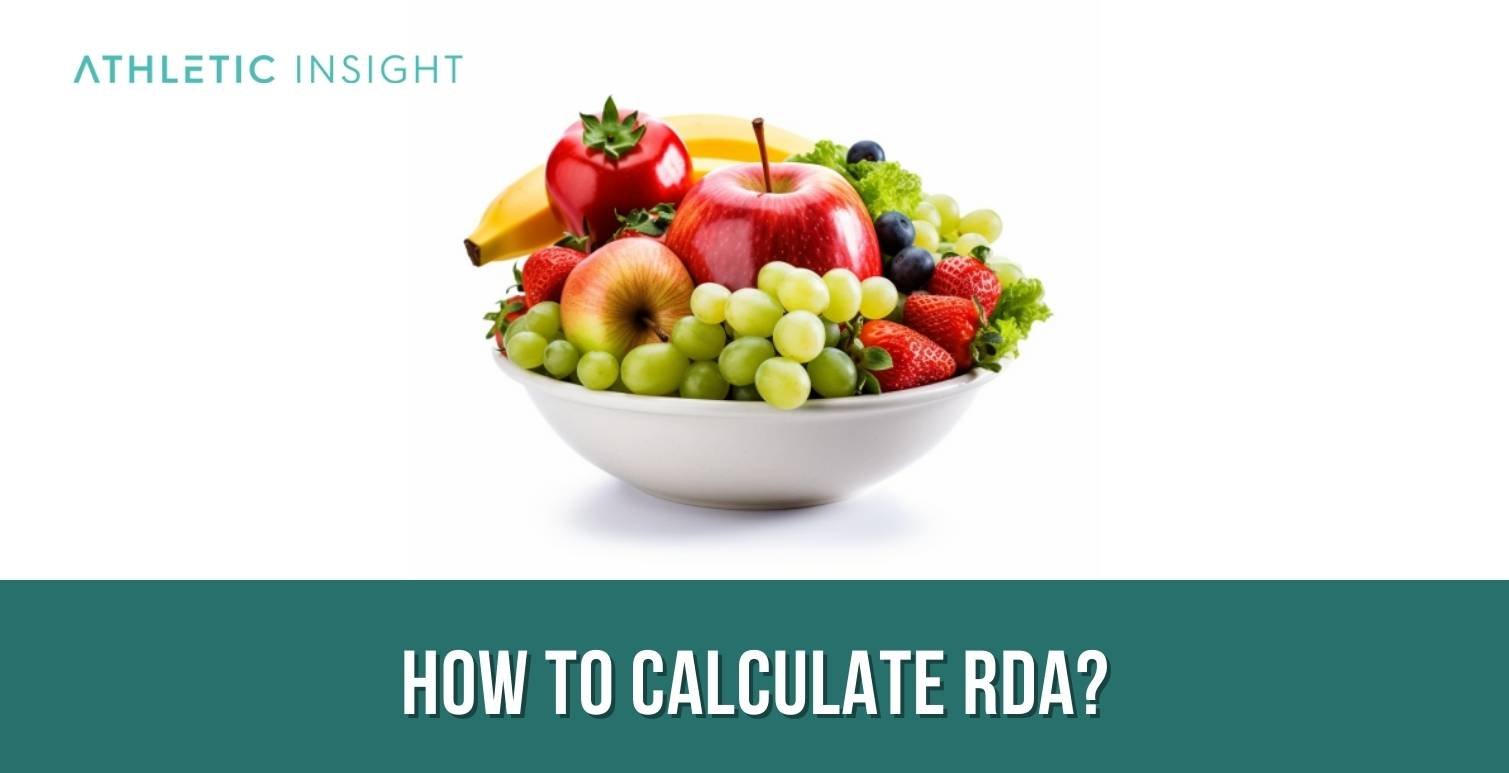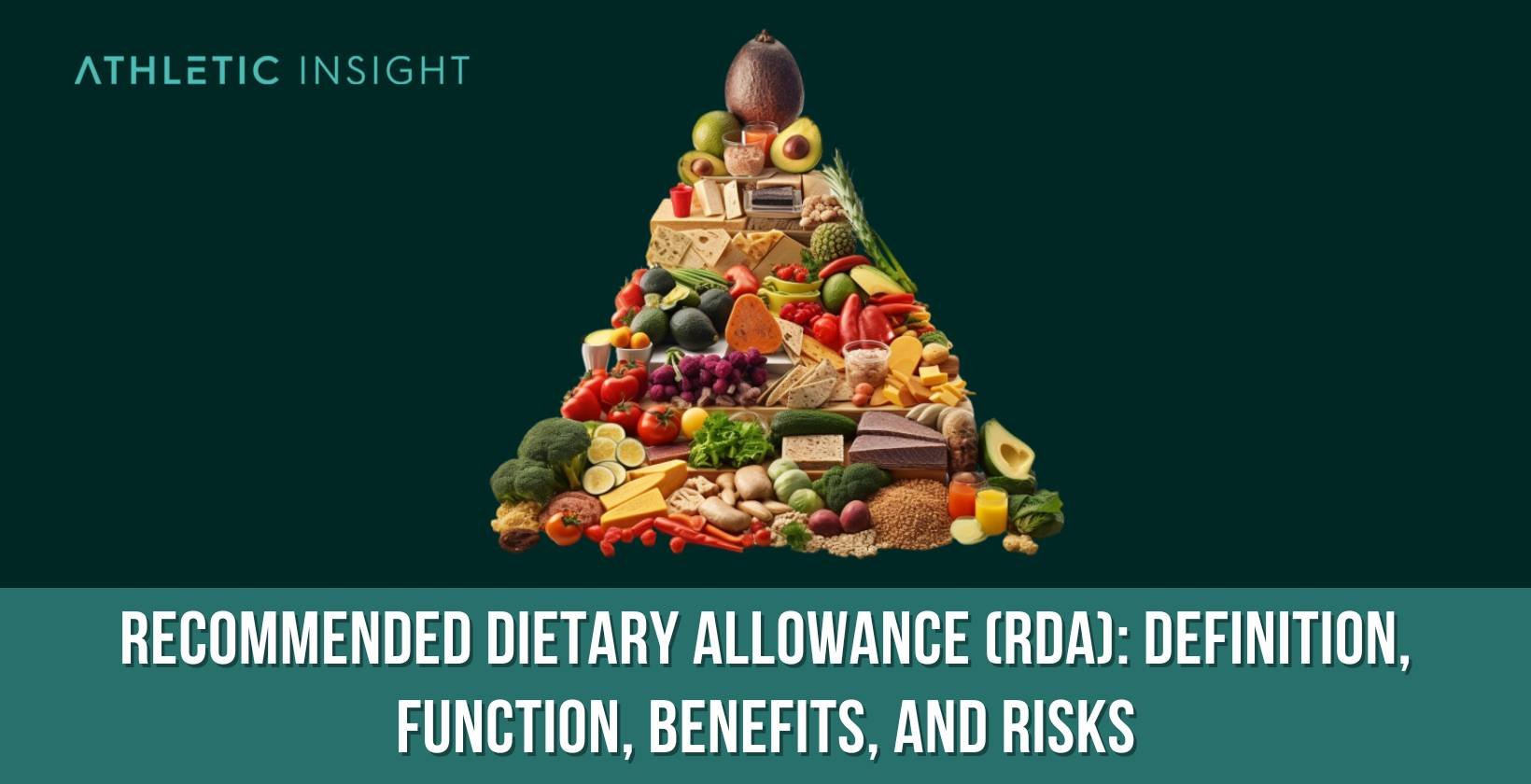The Recommended Dietary Allowance (RDA) is a critical guide to nutritional requirements, establishing the average daily level of intake sufficient to meet the nutrient requirements of nearly all healthy individuals in a specific life stage and gender group. Developed by a cadre of scientists, the RDA charts offer detailed guidelines for nutrient intake, factoring in age, sex, and physiological status, thereby promoting optimal health and preventing nutritional deficiencies.
These guidelines, however, should be employed with an understanding of their limitations, as the RDA may not cater to unique individual needs, such as specific medical conditions or dietary restrictions. Moreover, variations in nutrient requirements due to genetic differences may not be fully accounted for.
Nonetheless, the RDA serves as an essential tool for developing healthful dietary habits, informing public health policies, and guiding healthcare providers. It is instrumental in achieving balanced nutrition and underscores the importance of nutrient balance and interaction. As nutritional science continues to evolve, future refinements of the RDA promise to further enhance its utility as a health-promotion tool.
What is Recommended Dietary Allowance (RDA)?
The Recommended Dietary Allowance (RDA) stands as an authoritative directive, stipulating the daily intake of essential nutrients. Devised to meet the requirements of 97-98% of healthy individuals, the RDA sets the standards for nutritional adequacy, based on age, sex, life stage, and physiological status.
Rooted in scientific research, these guidelines are the culmination of meticulous evaluation of nutrient requirements for human growth, maintenance, and optimal health. Deciphering the RDA allows individuals to comprehend the underlying intricacies of nutrition, encouraging healthier dietary habits and lifestyle choices.
How Does Recommended Dietary Allowance (RDA) Work?
The crux of the RDA lies in its systematic assessment of nutritional needs. By drawing upon a wide pool of research, the RDA delineates the quantity of nutrients necessary to prevent deficiency diseases and maintain optimal health.
These guidelines are a quintessential beacon for individuals aiming to fulfill their dietary requirements. By offering a reference point, they help individuals gauge the adequacy of their nutrient intake. This, in turn, facilitates dietary planning and paves the way for balanced nutrition, enabling individuals to actualize their health objectives.
Why Should the Recommended Dietary Allowance (RDA) be Followed?
Adherence to the RDA yields significant dividends for health. These guidelines, rooted in extensive research, offer a template for balanced nutrition, thereby reducing the risk of nutrient deficiencies and chronic diseases. By offering a benchmark for nutritional adequacy, the RDA empowers individuals to make informed dietary decisions, fostering a proactive approach towards health and wellbeing.
Who Developed RDA?
The Recommended Dietary Allowances were first established by the National Academy of Sciences in the United States. These nutritional guidelines have been periodically updated and refined by the Food and Nutrition Board of the Institute of Medicine (now the National Academies of Sciences, Engineering, and Medicine).
The RDA charts serve a dual purpose. They guide healthcare providers in assessing and addressing nutritional deficits, while also helping individuals optimize their nutrient intake. These data are designed for healthy individuals across different stages of life, barring specific health conditions or dietary restrictions.
What are the Benefits of Recommended Dietary Allowance (RDA) for Nutrition?
There are five main benefits of following the Recommended Dietary Allowance for nutrition, these include individual nutrient guidance, prevention of nutrient deficiency, promotion of overall health, scientific basis, and foundation for dietary planning.

- Individual Nutrient Guidance: The RDA provides specific guidance on the amounts of various nutrients needed for a healthy diet. It acts as an effective tool for evaluating nutrient adequacy on an individual level.
- Prevention of Nutrient Deficiency: By adhering to the RDA guidelines, individuals can prevent nutritional deficiencies, which could otherwise lead to serious health complications.
- Promotion of Overall Health: Following the RDA helps promote overall health and well-being. It ensures the proper functioning of various body systems, including immune health, bone health, and energy production.
- Scientific Basis: The RDA is based on scientific research and evidence, ensuring the recommendations provided are reliable and valid.
- Foundation for Dietary Planning: The RDA serves as a foundation for dietary planning at individual and group levels. It aids in the formation of dietary guidelines, meal planning for institutions, and nutritional policies.
Understanding and applying the principles of the Recommended Dietary Allowance (RDA) can be a transformative factor in achieving optimal health and nutritional balance. Designed to provide guidelines for the intake of various nutrients, the RDA serves as a practical tool for individuals, healthcare providers, and institutions.
What are the Risks of Recommended Dietary Allowance (RDA) for Nutrition?
There are five main risks of following a Recommended Dietary Allowance (RDA) for nutrition, including individual variability, potential for overconsumption, not comprehensive, not tailored to special conditions, and doesn’t address food quality.
- Individual Variability: The RDA might not cater to individual variability in nutrient requirements due to factors such as genetic makeup, health status, and lifestyle. As such, it may not fully address the needs of all individuals.
- Potential for Overconsumption: Misinterpretation of the RDA as a nutrient target, rather than a guideline, could lead to overconsumption of certain nutrients. This can potentially lead to nutrient toxicity and associated health complications.
- Not Comprehensive: The RDA does not account for all nutrients. Particularly for those nutrients for which there is insufficient scientific data, the RDA may fall short in providing guidelines.
- Not Tailored to Special Conditions: The RDA does not take into consideration special dietary needs due to illnesses, pregnancy, or specific physiological conditions. Individuals with these conditions may require more personalized nutritional advice.
- Doesn’t Address Food Quality: The RDA focuses on nutrient quantities, not the quality of the food consumed. As a result, it might not reflect the benefits associated with consuming whole, unprocessed foods.
While the Recommended Dietary Allowance provides an invaluable framework for nutritional intake, it is not without its limitations and potential risks. These guidelines, meant to provide broad recommendations for the average healthy individual, may not always account for unique individual needs and circumstances.
What is the Recommended Dietary Allowance (RDA) for Male Adults?
The RDA for adult males varies depending on age, lifestyle, and overall health status. The following table illustrates the RDA for a selection of vitamins for healthy males of different age brackets:
| Age | Vitamin A (mcg) | Vitamin C (mg) | Vitamin D (IU) | Vitamin E (mg) | Vitamin K (mcg) |
|---|---|---|---|---|---|
| 19-30 | 900 | 90 | 600 | 15 | 120 |
| 31-50 | 900 | 90 | 600 | 15 | 120 |
| 51+ | 900 | 90 | 800 | 15 | 120 |
Note: These are general guidelines. The RDA for certain individuals may be higher or lower based on factors such as lifestyle, overall health status, and presence of comorbidities. It’s crucial to consult with healthcare providers for personalized advice.
What is the Recommended Dietary Allowance (RDA) for Female Adults?
The RDA for adult females, like males, varies according to age, lifestyle, and overall health. Below is an illustration of the RDA for a selection of vitamins for healthy females in different age brackets:
| Age | Vitamin A (mcg) | Vitamin C (mg) | Vitamin D (IU) | Vitamin E (mg) | Vitamin K (mcg) |
|---|---|---|---|---|---|
| 19-30 | 700 | 75 | 600 | 15 | 90 |
| 31-50 | 700 | 75 | 600 | 15 | 90 |
| 51+ | 700 | 75 | 800 | 15 | 90 |
Again, these are general guidelines and the RDA for certain individuals may be higher or lower. Consultation with healthcare providers for personalized advice is advised.
What is the Recommended Dietary Allowance (RDA) for Children?
The RDA for children differs based on gender, age, and overall health status. Below is a simplified table illustrating the RDA for a selection of vitamins for healthy boys and girls of different ages:
| Gender | Age | Vitamin A (mcg) | Vitamin C (mg) | Vitamin D (IU) | Vitamin E (mg) | Vitamin K (mcg) |
|---|---|---|---|---|---|---|
| Boys | 1-3 | 300 | 15 | 600 | 6 | 30 |
| Girls | 1-3 | 300 | 15 | 600 | 6 | 30 |
| Boys | 4-8 | 400 | 25 | 600 | 7 | 55 |
| Girls | 4-8 | 400 | 25 | 600 | 7 | 55 |
| Boys | 9-13 | 600 | 45 | 600 | 11 | 60 |
| Girls | 9-13 | 600 | 45 | 600 | 11 | 60 |
It’s important to remember that children with specific illnesses, genetic conditions, or other unique circumstances may require different nutrient intakes. As such, consulting with pediatricians or dietitians for tailored advice is highly recommended.
What are the Vitamins and Minerals Included in the RDA?
The RDA encompasses a broad spectrum of micronutrients that are crucial for human health. These include, but are not limited to, vitamins A, C, D, E, and K, B vitamins, calcium, iron, zinc, and magnesium. The stipulated RDA for each nutrient varies based on individual characteristics such as age, sex, and physiological status.

What is the Main Goal of RDA?
At its core, the RDA aspires to promote optimal health through balanced nutrition. It aims to provide a reliable, scientifically-backed reference for nutrient intake, catering to the majority of healthy individuals across different stages of life. This is crucial in informing public health policies, guiding healthcare providers, and aiding individuals in their pursuit of healthful dietary habits.
How Important is RDA for the Daily Nutrition Needs?
The RDA plays an indispensable role in fulfilling daily nutritional needs. By specifying the quantity of each nutrient required to maintain health and prevent deficiencies, it lays the groundwork for balanced nutrition. Informed by the RDA, individuals can devise dietary strategies tailored to their personal needs, promoting health and wellbeing.
What are the Food Groups for RDA?
The RDA encompasses a wide array of food groups, reflecting the diversity of nutrients required for human health. The five main food groups based on RDA guidelines are fruits, vegetables, grains, proteins, and dairy.
1. Fruits
2. Vegetables
3. Grains
4. Proteins
5. Dairy
How is DV Related with the RDA?
The Daily Value (DV) is a benchmark used on food and dietary supplement labels, providing a standard for comparing nutrient content. The Daily Value, while similar to the RDA, is typically based on a higher caloric intake and caters to adults and children aged 4 years and above. Therefore, while the RDA serves as a specific guideline, the DV facilitates understanding nutrient content in the context of a total daily diet.
How to Calculate RDA?
The process of calculating the RDA for an individual primarily involves understanding their age, sex, and life stage or physiological status. These factors influence nutrient requirements. The RDA charts provide specific nutrient recommendations for each demographic group, thereby facilitating the calculation of individual RDAs.

Does RDAs Vary from Different Individuals?
Yes, the RDA varies across individuals. Factors such as age, sex, physiological status, and life stage influence the RDA, with each demographic group having specific nutrient requirements. This highlights the importance of personalizing dietary plans based on individual characteristics and needs.
Can Dietary Supplements Provide the RDA?
Yes, dietary supplements can contribute towards meeting the RDA for various nutrients. They serve as an adjunct to diet, particularly in scenarios of nutrient deficits or increased requirements. However, supplements should not replace a balanced diet and should be used judiciously, ideally under professional guidance, to avoid potential risks associated with excessive intake.



